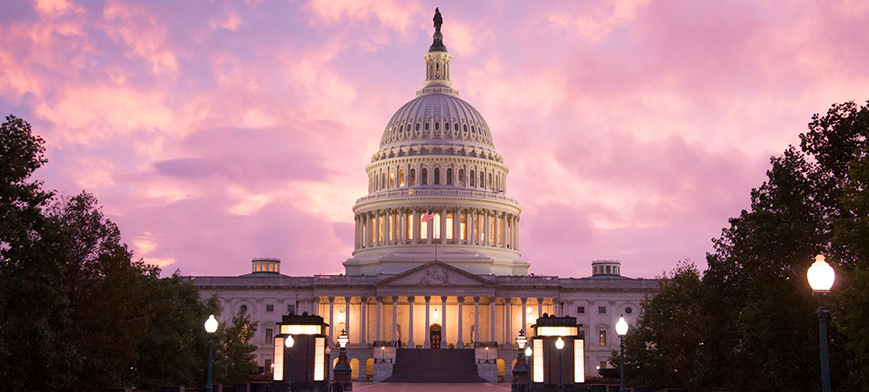In our December 9, 2017 article, we analyzed the effects of a proposal the US Senate was considering to fund cost-sharing reduction (CSR) payments and appropriate $5 billion in 2019 and 2020 for states to establish reinsurance programs to stabilize their individual insurance markets. We discussed how pass-through savings could provide reinsurance coverage equal to roughly $15 billion in protection for high-cost claimants, and how this protection, combined with CSR funding, would bring more people into the individual market and lower premiums by over 20 percent.
More recent congressional attention is focusing on a proposal that includes an extension of CSRs and a reinsurance program in 2019, 2020, and 2021, funded with a $10 billion appropriation in each year, with a federal fallback option available to states in 2019. The federal fallback option would likely be based on – and use the federal infrastructure built to administer – the Transitional Reinsurance Program in place from 2014 through 2016.
Our healthcare microsimulation model, used to understand this package’s likely effects on the market, assumed states would use federal pass-through savings under Section 1332 of the Affordable Care Act (ACA) to supplement and leverage the $10 billion the considered legislation would authorize and appropriate each year. Pass-through savings result from the fact that the premium subsidies available under the ACA cover the difference between the second lowest cost silver plan available in a rating area and a fixed percentage of a household’s income, varying only by federal poverty level (FPL). Lower premiums result directly in lower premium subsidies, and under a Section 1332 waiver, these savings from lower premiums may be used to provide additional reinsurance.
In our modeling, we are presuming that states will take advantage of these pass-through savings in 2019. In reality, states that have not already begun working on a waiver will be challenged to get a 1332 waiver filed and approved under the current regulatory regime in time to impact 2019 premiums. The current regulatory regime includes a requirement that a state enact enabling legislation, develop an application, hold public hearings during a 30-day public comment period, and submit the application to the US Health and Human Services (HHS). HHS then undertakes a two-step review process that can span up to 225 days – up to 45 days for a completeness determination followed by up to 180 days for review. But even those states unable to get a waiver in place for 2019 would still benefit from that year’s federal fallback program.
Therefore, we estimate, under the assumptions described above, that an additional 3.2 million people will be covered in the non-group market, and the proposal would result in premiums that are at least 40 percent lower than they would have been without the proposal in place, across all metal levels. In those states that are not able to obtain a 1332 waiver and take advantage of pass-through savings for 2019, we estimate that premium would decline by more than 20 percent across all metal levels. Those estimates include an average 10 percent reduction due to the funding of CSRs, with the remaining reduction coming from the reinsurance program.
As a note, our modeling reflects elimination of the mandate penalty, but does not consider the proposed regulation’s likely effects on association health plans or on short-term, limited duration coverage.


